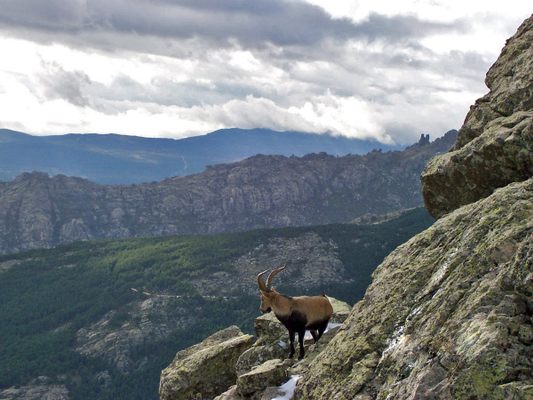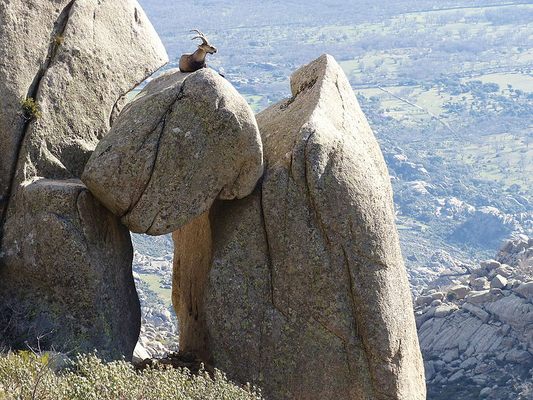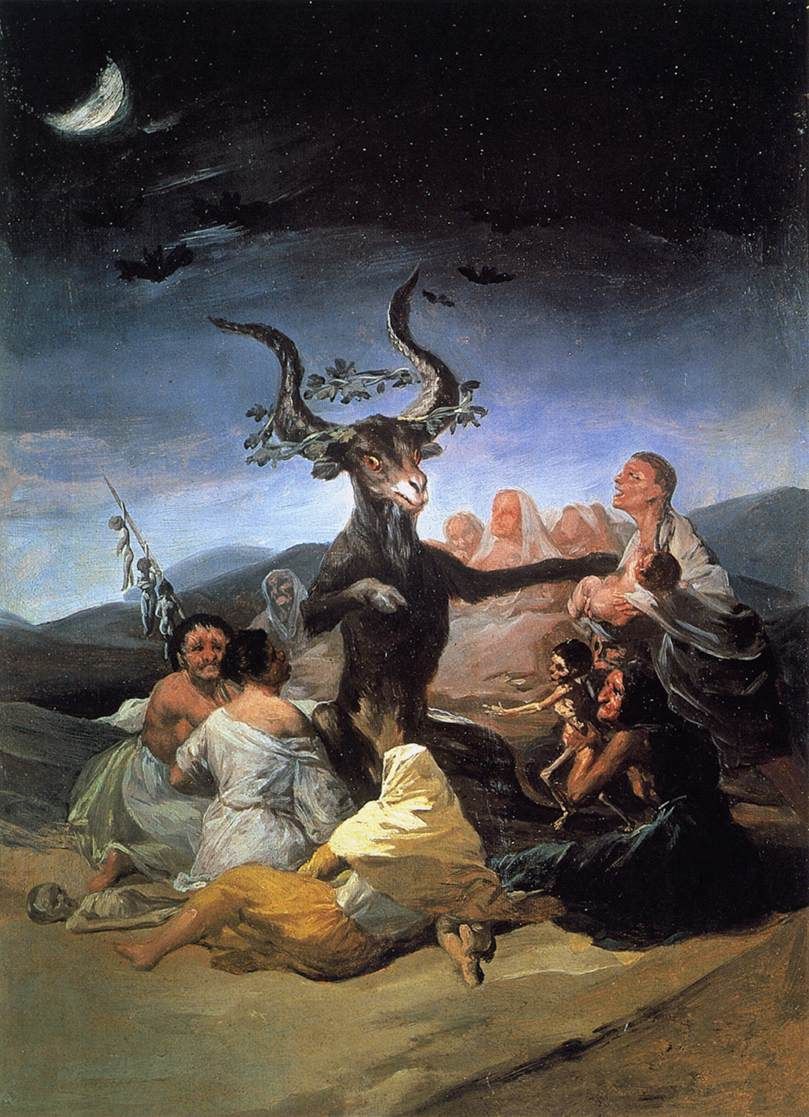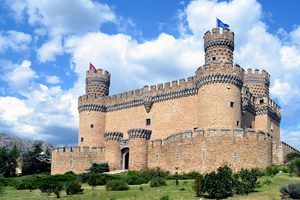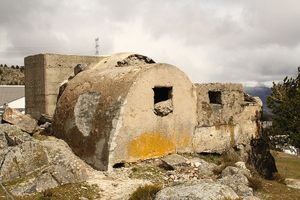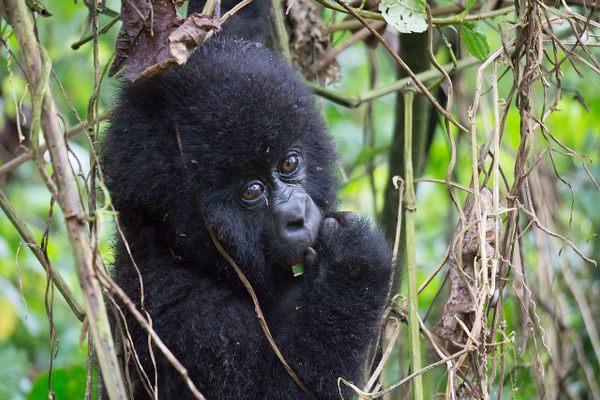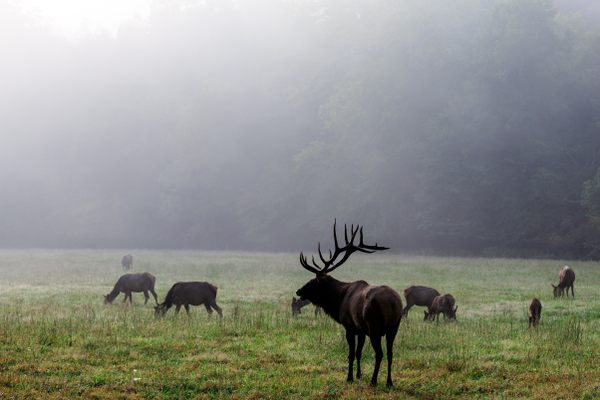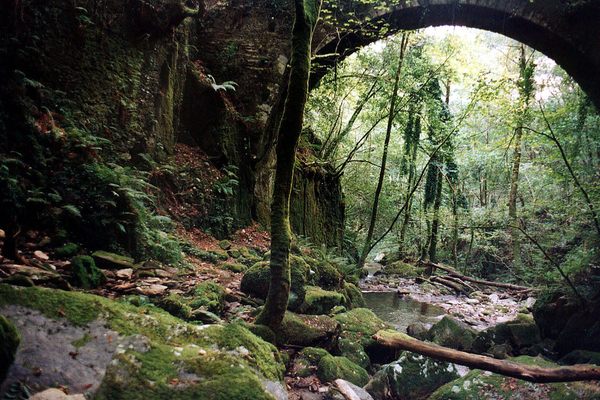About
Just outside of Madrid, in the eerie, rocky landscape of Sierra de Guadarrama National Park, an endangered species of wild goat can be seen scaling the mountains and cliffs with an almost supernatural agility and grace.
The animals are a species of wild goat known as the Iberian ibex and form a subspecies known as the Gredos Ibex, one of two surviving subspecies found in Spain. Two other subspecies of this animal were once widespread across Spain and Portugal, but were hunted to extinction during the 19th century.
The Gredos Ibex itself narrowly escaped extinction caused by overhunting, thanks to the efforts of conservationists in the 20th century. The population found in La Pedriza is part of a reintroduction program to repopulate areas where the species went locally extinct.
Zoologists believe the species is the wild ancestor of the domestic goat, and that domestication of this animal first took place in Neolithic times somewhere in the Zagros Mountains of Turkey, Iraq, and Iran around 10,000 years ago. The goats of La Pedriza, however, are anything but domesticated.
Though wild, the ibex do have a significant place in human history. The ibex has a long and interesting association with the folklore of Spain. Images of this animal can be found alongside bison and mammoth in the Paleolithic cave paintings of the Cantabrian region of the north and the Basque country. Archeologists have found the bones of ibex in excavations of Paleolithic hunter-gatherer cave settlements which suggest the animal was an important and valued creature to the people of prehistoric Europe for its meat and fur. In the later Bronze Age, Celtiberian culture and cosmology of ancient Spain the goat was associated with the Celtic horned god, Cernunnos.
Due to the cultural influence of Ancient Greece and the later Roman colonization and settlement of the Iberian peninsula, these wild goats became imbued with symbolism and were associated with mythical entities such as fauns and satyrs and the pagan gods Pan, Mari, and Dionysus. But the spread of Christianity across southern Europe led to the ibex and goats being associated with darker themes such as the devil and witchcraft.
Witches sabbaths, known as Akelarre in Basque and Aquelarre in Castilian, were commonly believed to be conducted in the mountains and hills away from villages and such rituals were envisioned to be presided over by a male ibex/goat which called an Akerra. Several paintings by the artist Francisco Goya portray the theme of the role of the Akerra in witchcraft and can be seen in Madrid's art galleries.
Related Tags
Know Before You Go
To get to La Pedriza from Madrid, you must take an autobus (direction: line 724) from Plaza de Castilla, which will take approximately 45 minutes to reach the town of Manzanares el Real, from which you can hike to the National park. The Manzanares el Real castle is situated close to La Pedriza National Park and therefore the two locations are ideal to visit on the same trip. Don't be fooled by the ibex's loveable appearance or approach them too closely, as these are wild animals and will not hesitate to defend themselves if they feel threatened.
Community Contributors
Added By
Published
December 4, 2018

